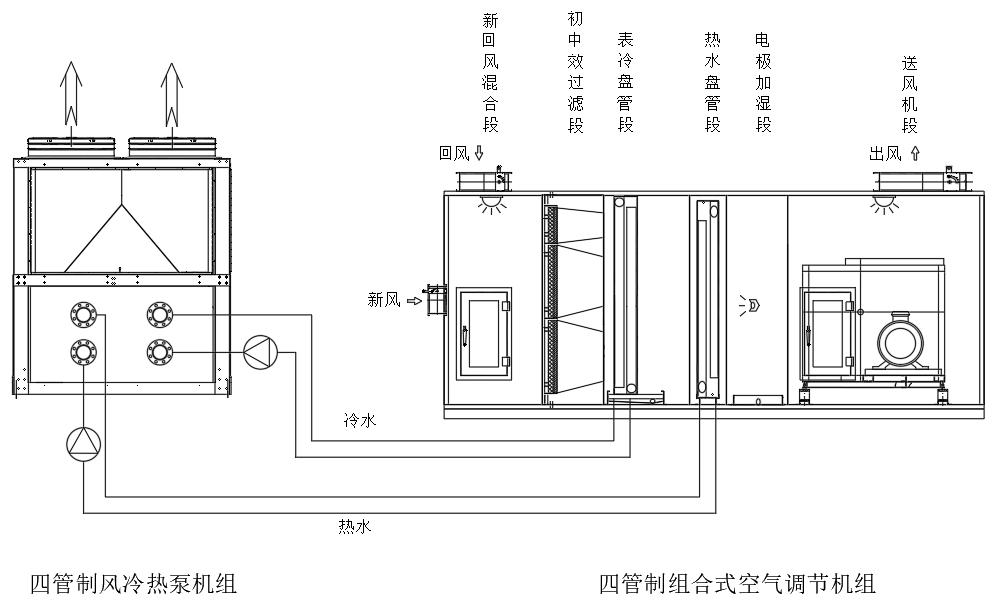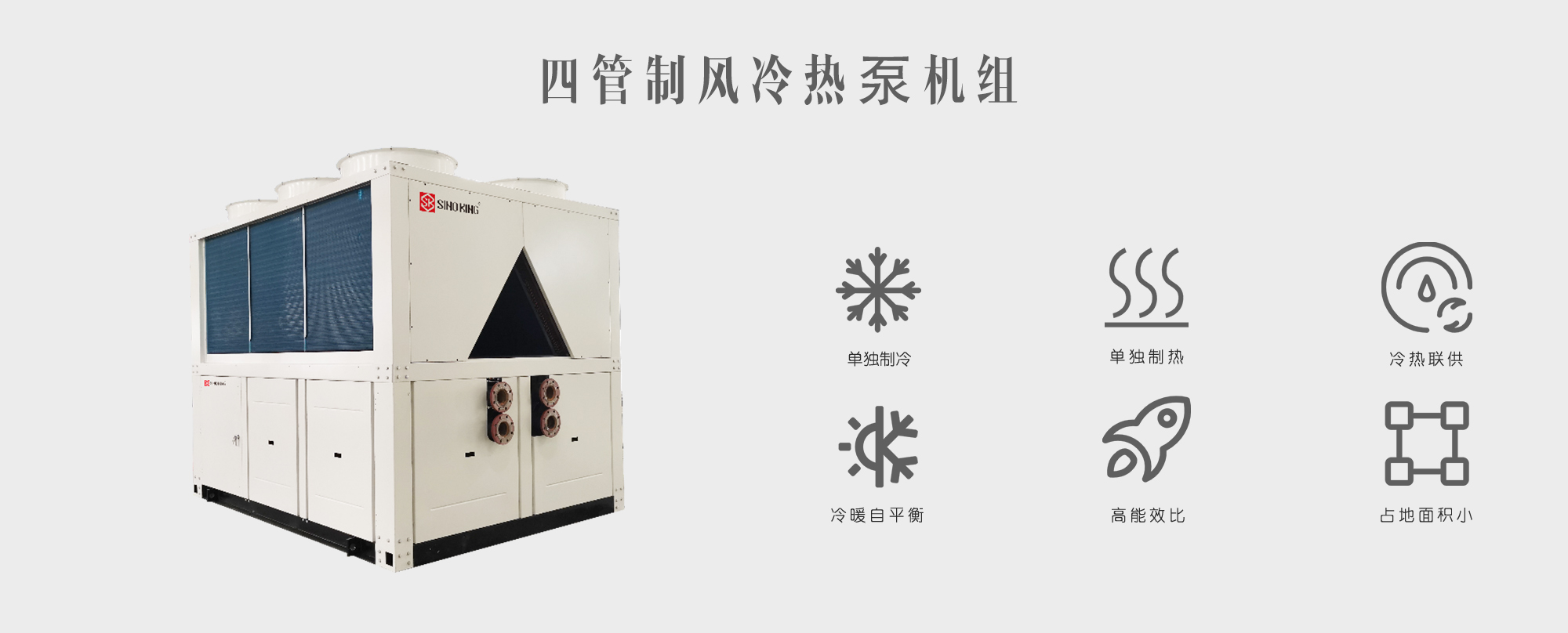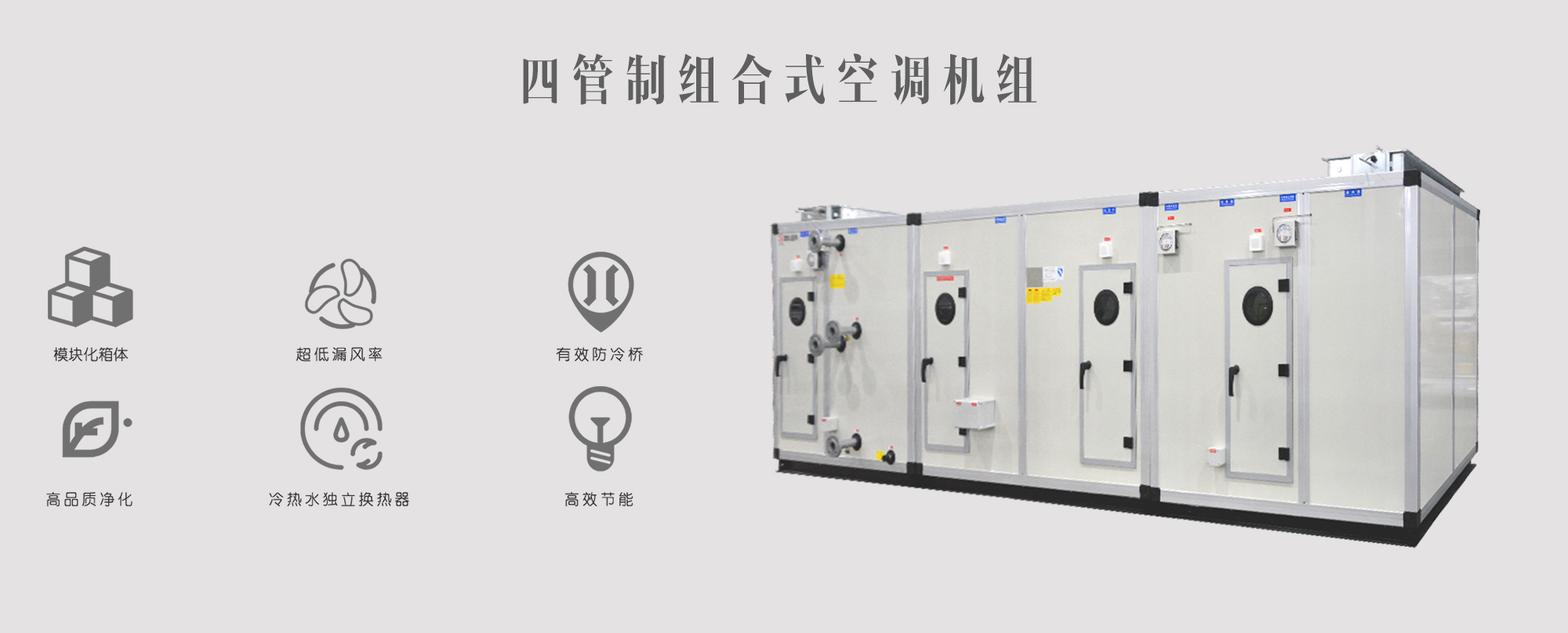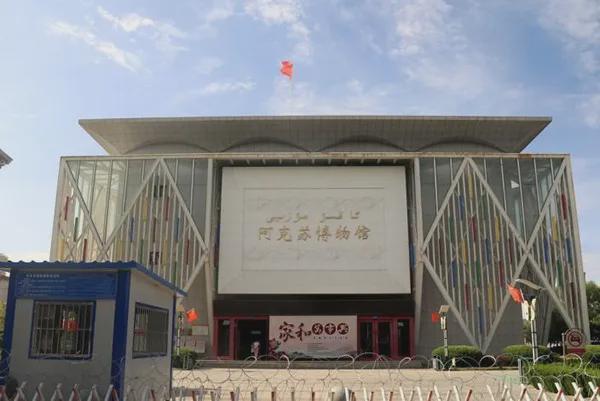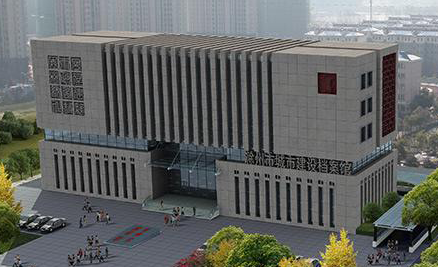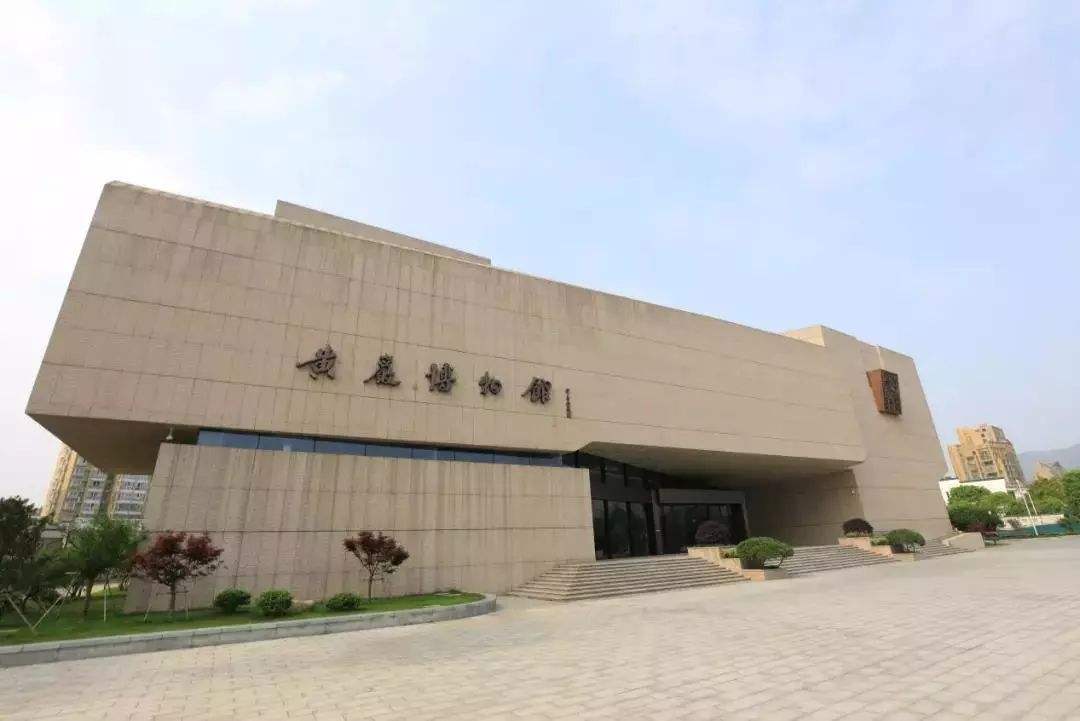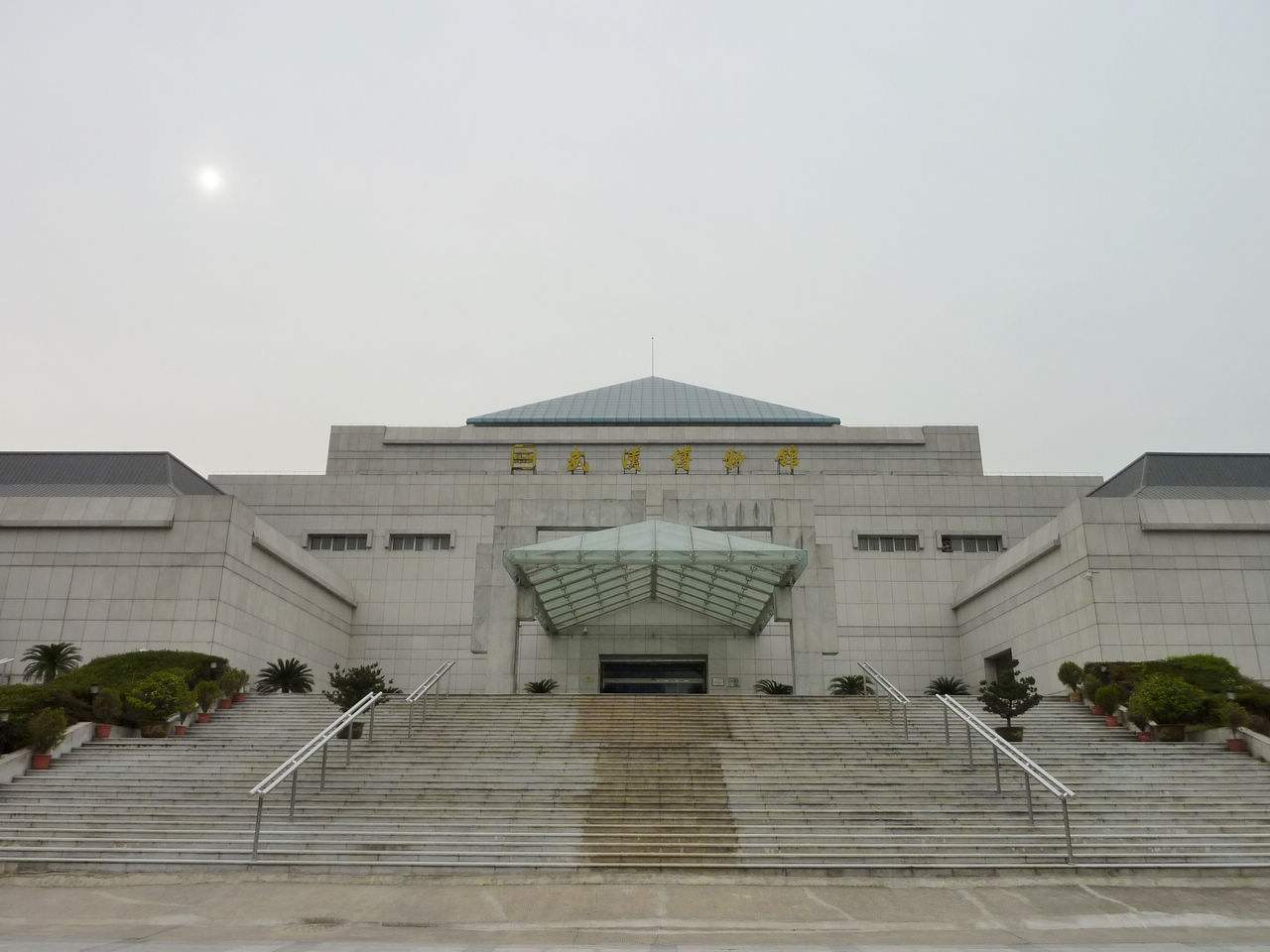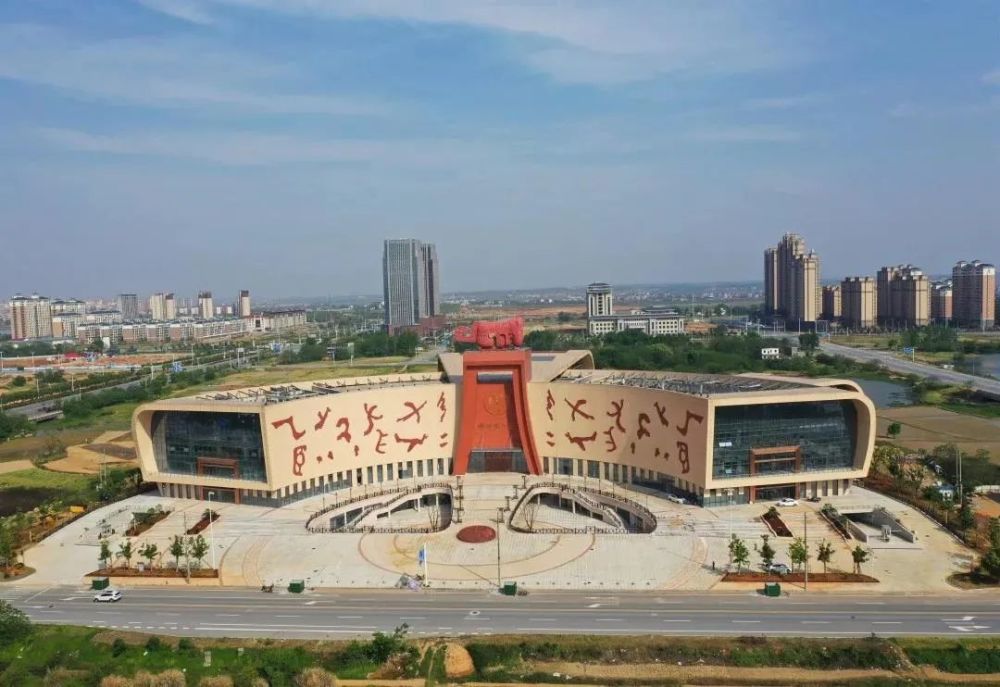Archives are centralized bases for preserving important records of the Party and the state, and are centers for utilizing archival information resources across the society. Archives work is a key component of China's archival endeavors. China has over 3,000 archives at various levels, which reflect the political, economic, military, and cultural life of different historical periods in the country. For many years, archives at all levels across the country have vigorously developed archival information resources, actively opened archives to the public, and provided archival services to support the overall work of the Party and the state as well as various societal needs. Depending on the type of collections and spatial zones, archives have strict control over air temperature and humidity. For the design of air conditioning systems in archives, the National Archives Administration issued the Archives Industry Standards of the People's Republic of China, DA/T 87-2021 "Design Specifications for Air Conditioning Systems in Archives" on May 26, 2021, which was officially implemented on October 1, 2021.
|
Storage Room Type |
Temperature/℃ |
Humidity/% |
|
|
Paper Archives Storage Room |
14~24 |
45~60 |
|
|
Audio-Visual Archives Storage Room |
14~24 |
40~60 |
|
|
CD-ROM Storage Room |
15~20 |
25~45 |
|
|
Film Storage Room |
Copy Film Storage Room |
14~24 |
40~60 |
|
Mother Film Storage Room |
13~15 |
35~45 |
|
|
Special Collections Storage Room |
14~20 |
45~55 |
|
|
Physical Archives Storage Room |
According to JGJ55-2015 |
||
|
Room type |
Temperature/℃ |
Humidity/% |
|
Service Hall |
18~28 |
30~65 |
|
Reception Room, Registration and Inquiry Room |
18~28 |
30~65 |
|
Catalog Room, Lecture Hall |
18~28 |
30~65 |
|
Exhibition Hall |
18~28 |
45~60 |
|
Reading Room |
18~28 |
30~65 |
|
Audio-Visual Archives Reading Room |
20~25 |
50~60 |
|
Current Document Storage Room |
14~24 |
45~60 |
|
Room Type |
Temperature/℃ |
Humidity/% |
|
|
Archives Receiving Rom |
Receiving Room, Dust Removal Room, Disinfection Room |
18~28 |
40~60 |
|
Organization and Cataloging Room |
Organization Room, Cataloging Room, Compilation Room, Exhibition Processing Room, Publishing Room |
18~28 |
40~60 |
|
Preservation Technical Room |
Deacidification Room |
18~28 |
- |
|
Physical and Chemical Lab, Archive Pest Control Room |
18~28 |
40~60 |
|
|
Archive Protection Electrostatic Copy Toom |
18~28 |
50~65 |
|
|
Repair Room, Binding Room |
18~28 |
50~70 |
|
|
Simulation Replication Room, Audio-Visual Archives Processing Room |
18~28 |
40~60 |
|
|
Photographic Reproduction and Printing Room |
Reproduction Room, Film Processing Room, Image Enlargement Room, Washing and Drying Room, Offset Printing Room |
18~28 |
40~60 |
|
Micrographics Technology Room |
Data Arrangement Room |
18~28 |
40~60 |
|
Microfilming Room |
18~28 |
40~60 |
|
|
Developing and Processing Room, Chemical Preparation and Testing Room, Quality Inspection Room, Enlargement and Restoration Room |
18~28 |
40~60 |
|
|
Copying and Duplication Room |
18~28 |
50~65 |
|
Archives storage rooms should maintain relatively stable temperature and humidity, with daily temperature fluctuations ≤ ±2°C and daily humidity fluctuations ≤ ±5%, hence, requiring constant temperature and humidity air conditioning systems. Traditional air conditioning systems typically use a heat pump-type chilled and hot water unit combined with a packaged air conditioning unit. The packaged air conditioning unit includes a humidifier and an electric heater. However, directly using the electric heater results in high energy consumption and is not energy-efficient. Therefore, SINO KING recommends using a four-pipe air-cooled heat pump unit combined with a packaged air conditioning unit. The four-pipe air-cooled heat pump unit has three operating modes: cooling only, heating only, and simultaneous cooling and heating. The packaged air conditioning unit includes an additional hot water heat exchanger which, as a substitute for the traditional electric heating system, can fully recover waste heat from condensation and use the heat as a reheat source after cooling and dehumidification. This makes the unit more energy-efficient and environmentally friendly.
